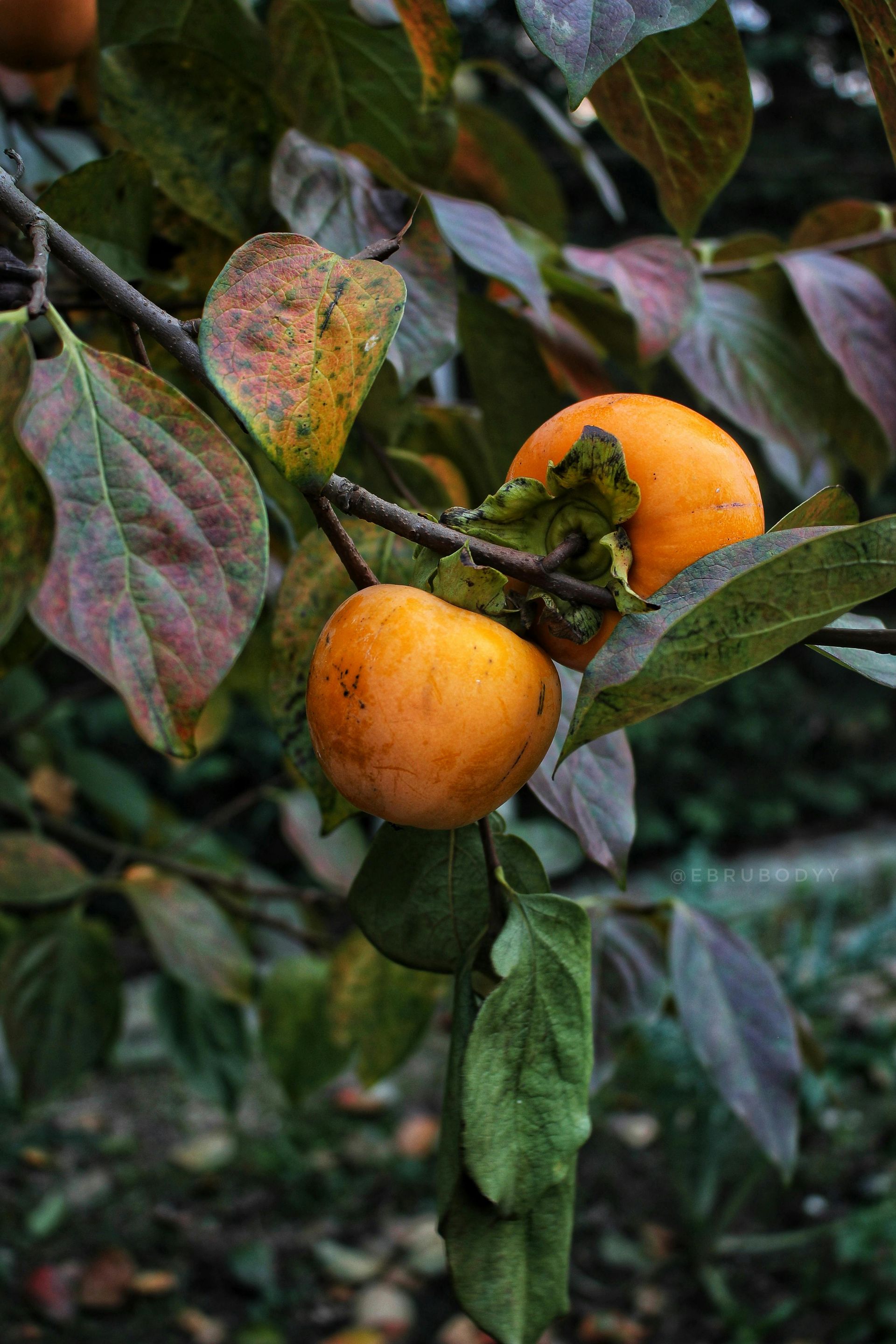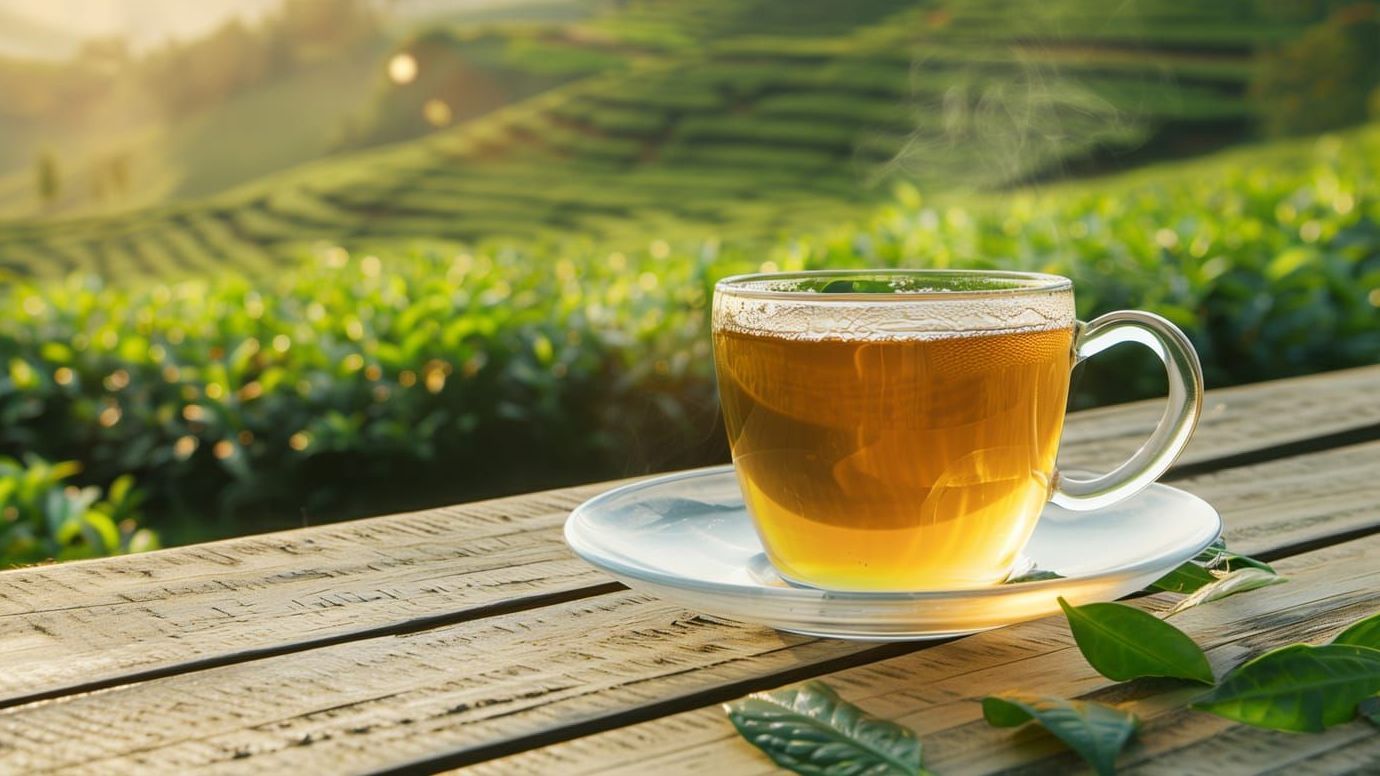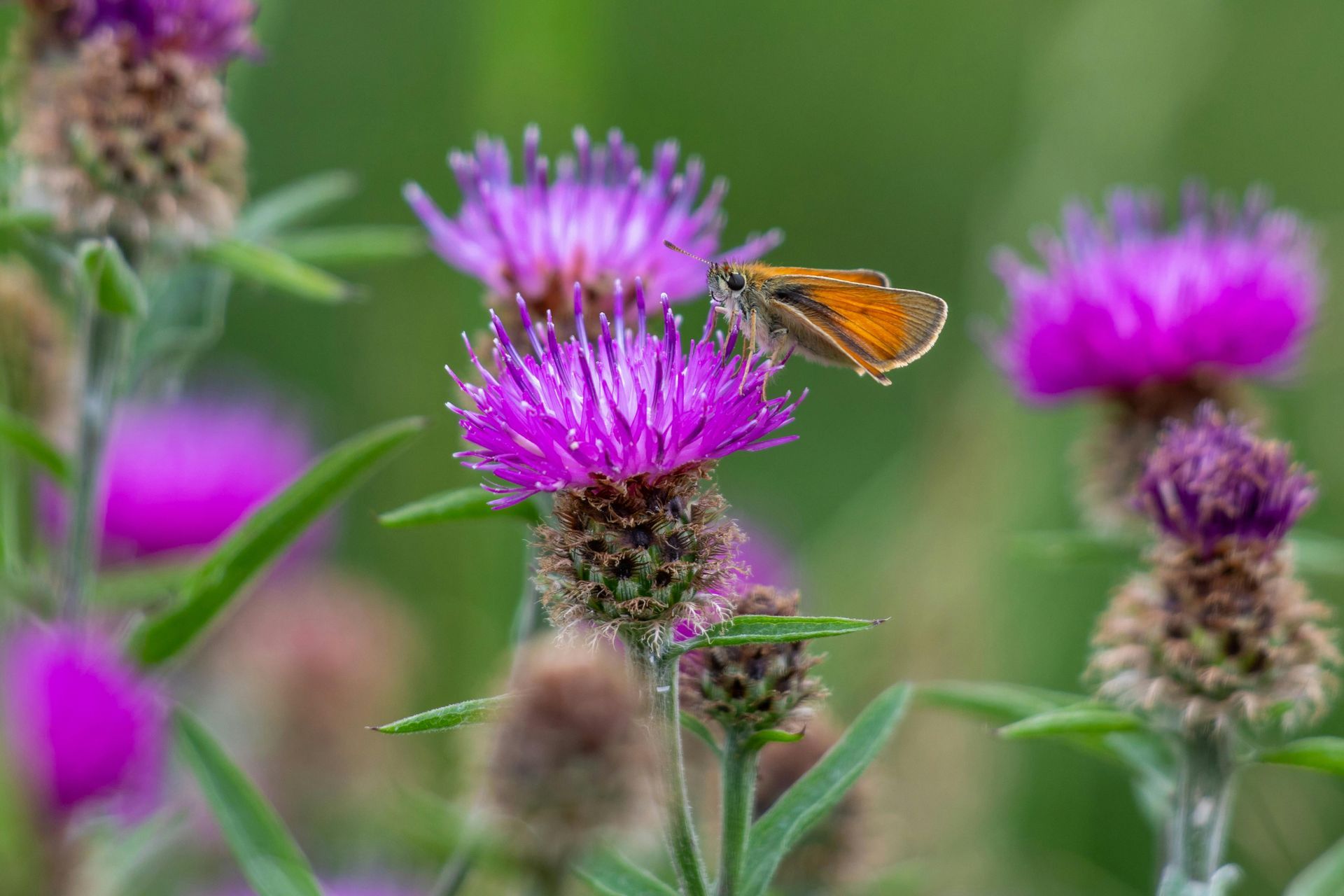Herbal Allies: The Science-Backed Health Benefits of Malva Leaves
For centuries, malva leaves have captured the attention of herbalists and health enthusiasts alike. Revered for their versatile medicinal properties, these lush green leaves were once a staple in traditional healing practices throughout Europe and Asia. Ancient cultures recognized the soothing effects of malva, using it to address a variety of ailments—from respiratory issues to skin irritations. Today, as we delve deeper into this time-honored herb, we see a renewed interest among modern herbal medicine practitioners eager to explore its potential.
But uncovering the full spectrum of the advantages of malva leaves requires more than folklore; it calls for evidence-based research. As we embrace natural remedies in our quest for well-being, understanding the science behind what we consume is essential. Enter Dr. Miller's Holy Tea, which incorporates malva leaves into its carefully crafted blend—a delicious way to experience their therapeutic properties daily. So, join us on this journey as we unlock the healing power of malva leaves and discover how you can weave them into your own holistic lifestyle!
The Nutritional Profile of Malva Leaves
Malva leaves, often overlooked in the realm of superfoods, are packed with a treasure trove of essential vitamins and minerals. Rich in Vitamin C, they provide a robust boost to the immune system while supporting skin health through collagen production. Additionally, these leaves contain significant amounts of Vitamin A, which plays a vital role in vision and cellular growth. Minerals such as magnesium and calcium further enhance their nutritional profile, contributing to bone health and muscle function. For health-conscious individuals and culinary enthusiasts alike, incorporating this herb into one’s diet adds not just flavor but also an impressive array of nutrients.
Moreover, malva possess potent antioxidant properties that can have far-reaching implications for overall health. Antioxidants like flavonoids found in these leaves help combat oxidative stress in the body by neutralizing harmful free radicals. This means that regular consumption could potentially reduce the risk of chronic diseases, including heart disease and certain types of cancer. By adding Holy Tea with Malva Leaves to your herbal repertoire, you’re not only enjoying a soothing beverage but also reaping the numerous health benefits linked to its rich antioxidant content.
Incorporating malva leaves into a balanced diet is both easy and rewarding. From fresh salads to soups or teas, the versatility of these leaves opens the door to endless culinary creativity while enhancing nutrition. Consider blending dried malva into smoothies or using it as a garnish for various dishes; it introduces not only a delightful taste but an extra dose of nutrients too! With their combination of vitamins, minerals, and antioxidants, malva leaves serve as an excellent addition to dishes aimed at promoting wellness—encouraging holistic practices that connect food with healing benefits inherent in nature's bounty.
Therapeutic Compounds in Malva Leaves
Malva is rich in several therapeutic compounds that contribute to their healing properties, making them a valuable addition to herbal practices. One of the standout components is mucilage, a gel-like substance that forms when malva leaves are exposed to water. This natural soothing agent acts as a protective barrier for mucous membranes, providing relief from irritation in the throat and digestive tract. Imagine sipping on a warm infusion made with malva leaves—it not only hydrates but also coats your throat, easing discomfort during a cold or cough. This effect makes it particularly beneficial for individuals suffering from respiratory issues or digestive upset.
In addition to mucilage, malva leaves contain flavonoids, which have been widely researched for their antioxidant and anti-inflammatory effects. Flavonoids help neutralize free radicals in the body, potentially lowering the risk of chronic diseases like heart disease and diabetes. For those experiencing joint pain or inflammation, incorporating malva into daily routines can serve as a delightful way to help mitigate symptoms naturally. You might consider adding these vibrant leaves into soups or stews; their subtle flavor complements various dishes while delivering potent health benefits right to your table.
Another group of compounds found in malva leaves includes phenolic acids, which play an essential role in supporting digestive health. These compounds can enhance gut function by promoting healthy digestion and minimizing bloating or discomfort after meals. For those interested in maintaining balance within their gut microbiome, using malva leaf infusions post-meals may provide gentle support and improve overall wellness without any harsh side effects. The versatility of malva allows these compounds to work synergistically with other ingredients you may already incorporate into your diet.
In summary, the therapeutic compounds found in malva leaves make them an excellent ally for holistic health enthusiasts looking for natural remedies. The soothing qualities of mucilage combined with the anti-inflammatory power of flavonoids and digestivesupportive phenolic acids create a well-rounded approach to improved health outcomes. As we explore further within this article—especially how these incredible properties can be harnessed creatively—we encourage you to consider integrating malva into your herbal arsenal!

Health Benefits Backed by Research
Malva leaves have long been celebrated in traditional herbal medicine, garnering attention for their impressive health benefits supported by scientific research. One notable advantage is their capacity to aid respiratory function and ease coughs. The mucilage present in Malva leaves forms a soothing gel-like substance when mixed with water, which can coat the throat and alleviate irritation. Studies suggest that this property makes Malva an excellent natural remedy for conditions like bronchitis or simply those nagging seasonal coughs, effectively reducing discomfort and promoting better lung function.
Another significant benefit of Malva leaves lies in their anti-inflammatory properties, making them a sought-after option for individuals suffering from joint pain or inflammation-related disorders. Research has found that the flavonoids within Malva leaves extract play a critical role in modulating inflammatory responses in the body. This means that incorporating these leaves into one's diet could provide relief for ailments like arthritis or general muscle soreness—a subtle yet impactful way to enhance one’s quality of life without resorting to pharmaceuticals.
Additionally, the potential role of Malva leaves in skin care and wound healing cannot be overlooked. Their high content of phenolic compounds lends antioxidant properties that protect skin cells from damage caused by free radicals. In topical applications, such as serums or ointments infused with Holy Tea Malva Leaves, they may assist with soothing minor burns, rashes, and even acne due to their anti-inflammatory and antibacterial qualities. For anyone keen on exploring holistic skincare options, understanding the health benefits of Malva leaves can open new doors to natural remedies that promote radiant skin while supporting overall health.
Research continues to unfold regarding these powerful little leaves; hence, it's no surprise why many holistic practitioners are eager to integrate them into their therapeutic practices. Whether you’re sipping on tea made from dried leaves or applying a topical infusion directly onto your skin, harnessing the potential benefits of Malva might just be one more step toward enhanced wellness and vitality!
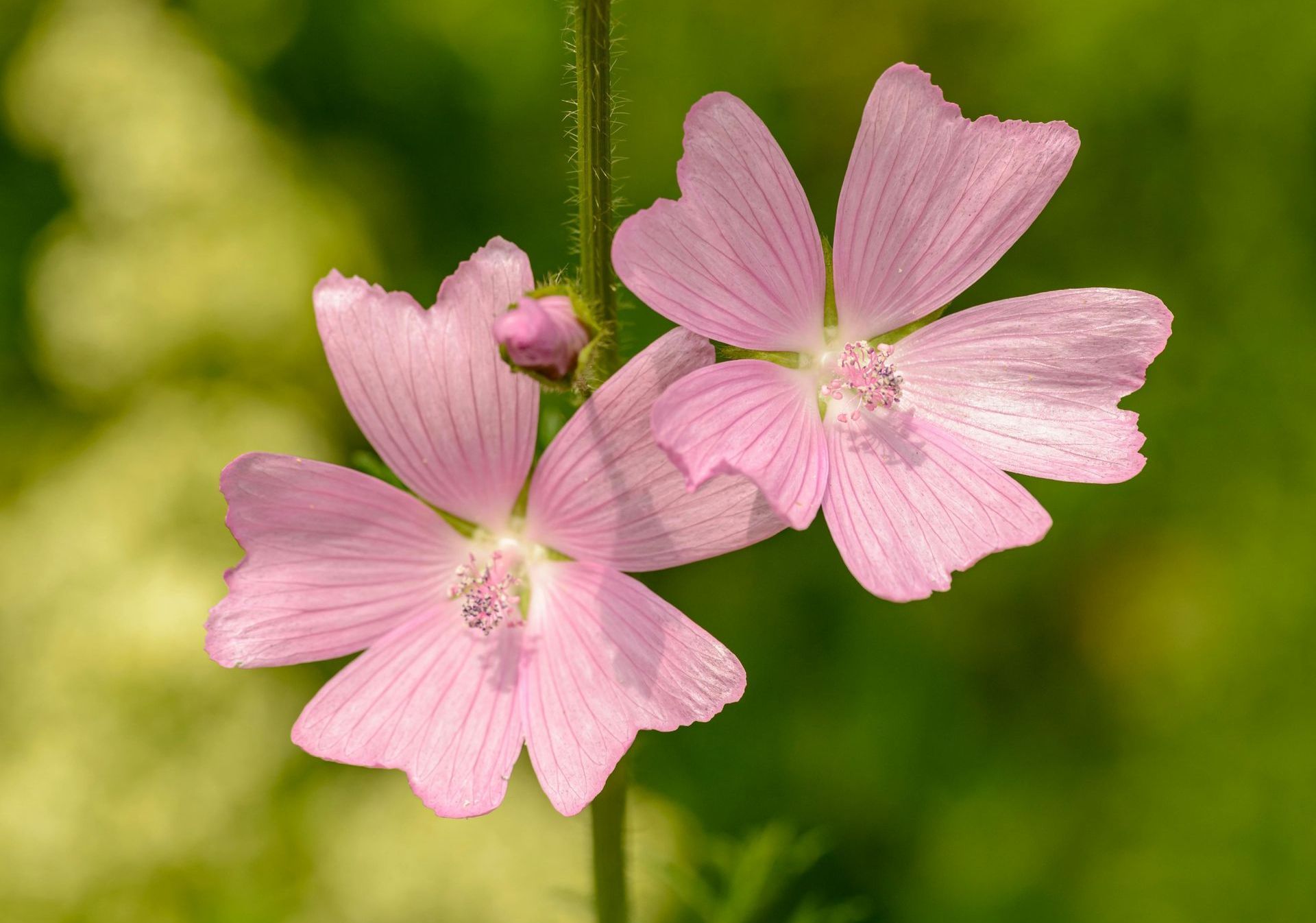
Incorporating Malva Leaves into Your Diet
Incorporating Malva leaves into your diet can be both delightful and beneficial. With their mild flavor reminiscent of spinach and a slight hint of earthiness, fresh or dried Malva leaves can enhance various dishes. One easy way to enjoy their benefits is by tossing fresh leaves into salads for a vibrant addition that also packs a nutritional punch. Alternatively, consider steeping dried Malva leaves in hot water to create a soothing herbal tea. This refreshing drink not only tastes great but also allows you to harness the therapeutic properties of these incredible leaves.
For those who love cooking and experimenting with flavors, Malva leaves can be used in many delicious recipes. Think about adding them to soups, stews, or stir-fries where they will easily absorb the surrounding flavors while contributing their own unique taste. A simple recipe includes sautéing chopped garlic with onions and then adding baby Malva leaves until just wilted; serve it alongside grilled chicken or fish for a healthy side dish. You might also blend Malva with yogurt and spices to craft a flavorful dip reminiscent of tzatziki—perfect for pairing with fresh vegetables or pita bread.
When it comes to dosage recommendations for optimal health benefits, moderation is key. For tea enthusiasts, consuming one cup of steeped Malva leaf tea per day can be an excellent start to enjoying its soothing effects without overwhelming your system. If including fresh or dried Malva in meals, aim for about one ounce (or roughly two handfuls) each week as part of your diverse dietary habits. As always, listen to your body; adjusting how you incorporate Malva based on individual preference and reaction ensures you maximize its healing potentials safely.
By integrating the diverse uses of Malva leaves into your culinary repertoire, you unlock numerous nutritional benefits while delighting your palate. Whether you savor it as a tea or experiment with innovative recipes, incorporating this remarkable herb enhances the enjoyment of healthy eating. Plus, it's thrilling to explore new dishes while naturally improving your well-being! Don't forget that
Dr. Miller's Holy Tea features malva leaves—make sure to use it today!

Possible Side Effects and Considerations
While Malva leaves are renowned for their numerous health benefits, it’s crucial to approach their use with an informed mindset. Like any herbal remedy, there exists the potential for allergic reactions—especially if you have known sensitivities to plants within the Malvaceae family. Symptoms can range from mild skin irritations to more severe responses like respiratory difficulties. If you're trying Malva leaves for the first time, consider doing so in moderation and observe your body's reactions closely. This cautious introduction allows you to gauge how well your body tolerates this beneficial herb.
Additionally, individuals on prescription medications should proceed with care when incorporating Malva into their routines. The health benefits of Malva leaves—such as their mucilage content or anti-inflammatory properties—could interact with certain medications, particularly those related to blood thinning or diabetes management. For example, its soothing qualities might amplify the effects of sedatives or blood thinners, potentially leading to excessive drowsiness or increased bleeding risk. It is always wise to consult with a healthcare professional before introducing new herbal remedies if you're currently under medication.
If you find yourself unsure about whether Malva leaves are suitable for you or if you've experienced unusual symptoms after consumption, it's important not to hesitate in consulting a healthcare provider. A knowledgeable practitioner can help assess your unique health circumstances and provide tailored advice. Moreover, those interested in products like Dr. Miller's Holy Tea containing malva leaves could benefit from discussing these options with a holistic practitioner who specializes in synergistic healing through diet and herbal medicine.
In essence, while the therapeutic potential of Malva leaves holds great promise and invites exploration among herbal medicine enthusiasts, being aware of possible side effects and medication interactions is essential for safe usage. By staying informed and proactive about cautionary measures surrounding these powerful herbs, you'll fully unlock their healing capabilities while minimizing risks to your health.

Holistic Approaches with Malva Leaves
Integrating Malva leaves into traditional naturopathy practices is a natural step for those looking to harness their multifaceted healing properties. Naturopathic practitioners often emphasize a holistic view of health, considering not just physical symptoms but the emotional and spiritual aspects as well. Malva’s soothing mucilage can be leveraged in herbal infusions or teas, providing comfort from throat irritation and respiratory issues while promoting an overall sense of well-being. This therapeutic application aligns perfectly with the principles of naturopathy, focusing on treating the root causes rather than merely alleviating symptoms.
To maximize the benefits of Malva leaves, consider pairing them with synergistic herbs that enhance their effects and create a balanced herbal regimen. For instance, combining Malva with Marshmallow Root can amplify its soothing qualities while further supporting digestive health due to the high mucilage content present in both botanicals. Another viable combination could include Elderflower, known for its anti-inflammatory properties, which complements Malva’s role in easing coughs and respiratory discomfort. Such combinations not only foster an enriched medicinal profile but also encourage tailored approaches to individual health needs.
Personalizing healing practices using herbal remedies is key to effective self-care routines. Each person's body responds uniquely to different compounds; thus, experimentation is essential when incorporating herbs like Malva into your diet. Keeping a journal documenting how you feel after consuming certain herbal blends can provide valuable insights into what works best for you. Additionally, working alongside trained professionals who specialize in herbal medicine will help ensure safe dosing levels and successful integration into your personal wellness plan.
As you explore these holistic applications of Malva leaves, remember that patience and observation are necessary components of any healing journey. Embracing nature's gifts means taking the time to understand how these powerful botanicals operate within your body while respecting their complexities—a beautiful partnership between man and nature towards achieving optimal health!
Embracing Nature's Healing Potential
In summary, malva leaves truly shine as a remarkable herbal remedy. Their rich nutritional profile, combined with potent therapeutic compounds, offers various health benefits that can enhance our well-being. From supporting respiratory health to promoting skin healing, the potential of malva leaves is both exciting and encouraging for those of us interested in herbal medicine.
As you explore the world of natural remedies, consider incorporating malva leaves into your routine. Dr. Miller's Holy Tea, which features these exceptional leaves, is an excellent choice for anyone wanting to experience their healing properties firsthand. Let this be an invitation to delve deeper into the vibrant realm of herbal medicine and embrace the powerful gifts offered by nature!
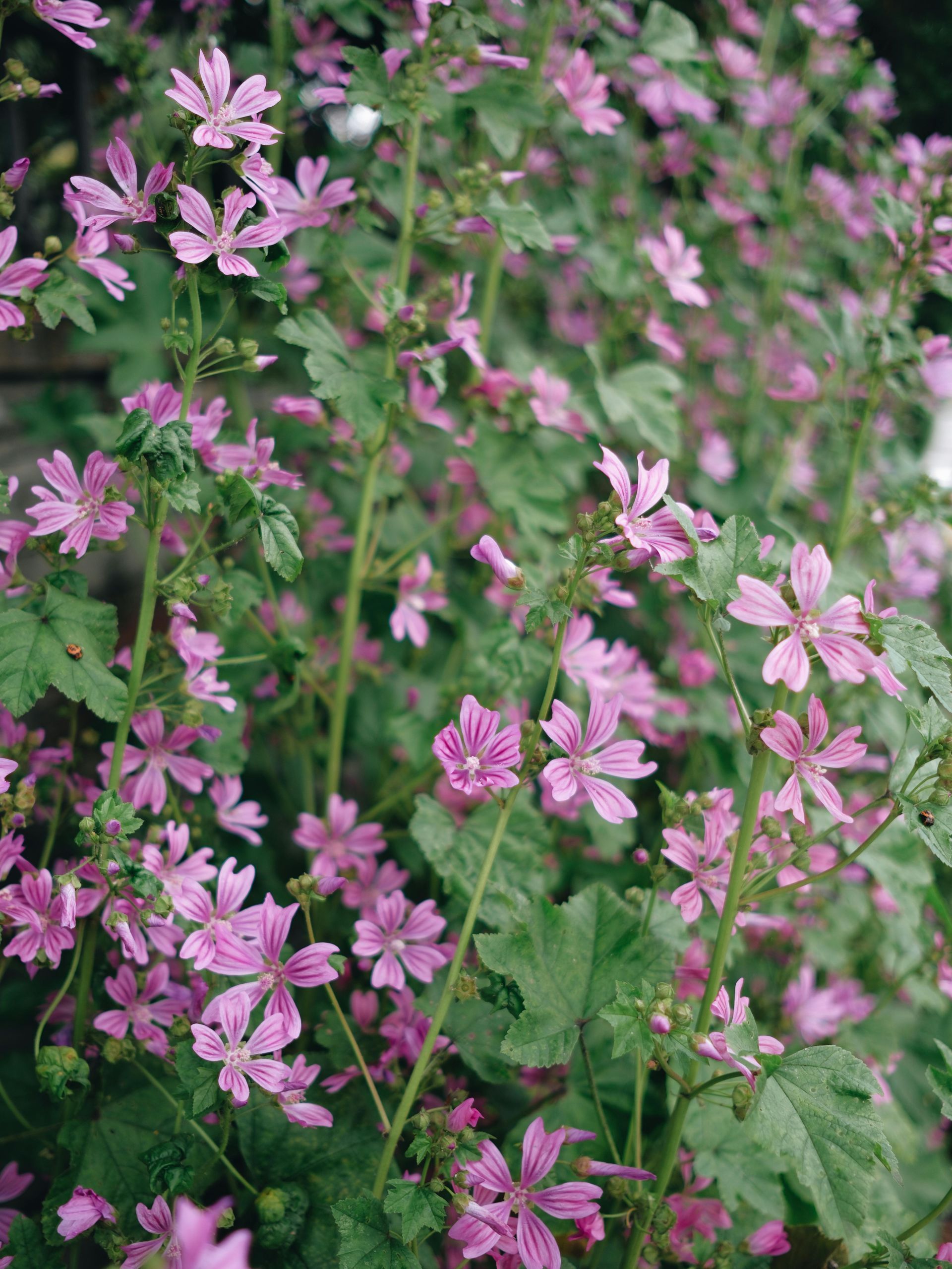
Act now to purchase or subscribe by clicking the button to obtain Your Holy Tea today!
Dr. Miller's Holy Tea provides a remarkable array of advantages that extend far beyond just a soothing beverage. It can elevate your metabolism, increase your energy, enhance your skin's radiance, and support digestion. The components of this tea contribute positively to your overall well-being. Its benefits include detoxification support, immune system enhancement, and promoting relaxation, making it an ideal complement to your wellness regimen for comprehensive health enhancement.
